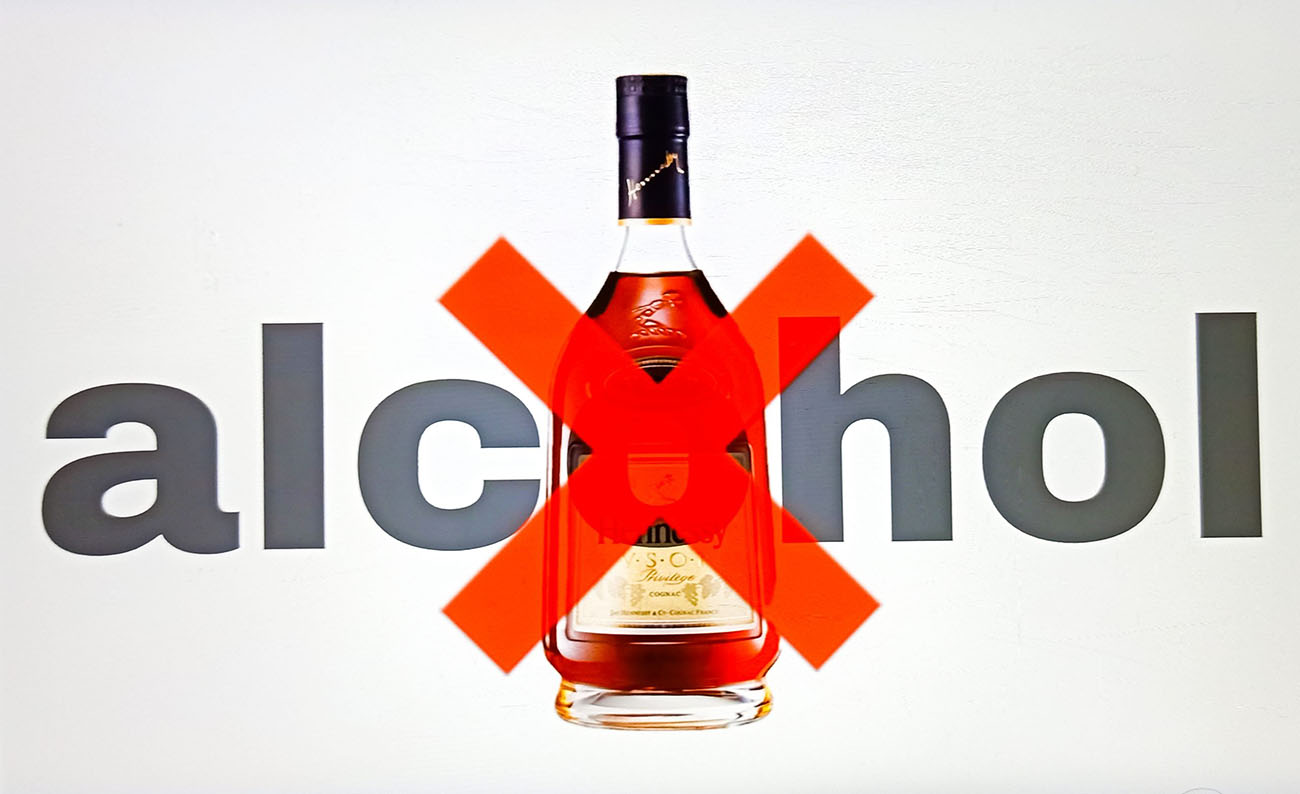08 Jun Spontaneous Ignition
Spontaneous Ignition Many people do not believe it can happen. For no apparent reason, fire erupts, usually during off-hours. It does happen. It's called spontaneous ignition, and preventing it is part of your job. Spontaneous ignition occurs when a combustible object is heated to its ignition temperature by a chemical reaction involving the oxygen in the air around us. This "oxidation" process creates heat that, if not dissipated, will build up until ignition occurs. Generally, this can happen when the materials are left in piles and the heat being generated in the pile cannot be released into the air. A number of materials...











